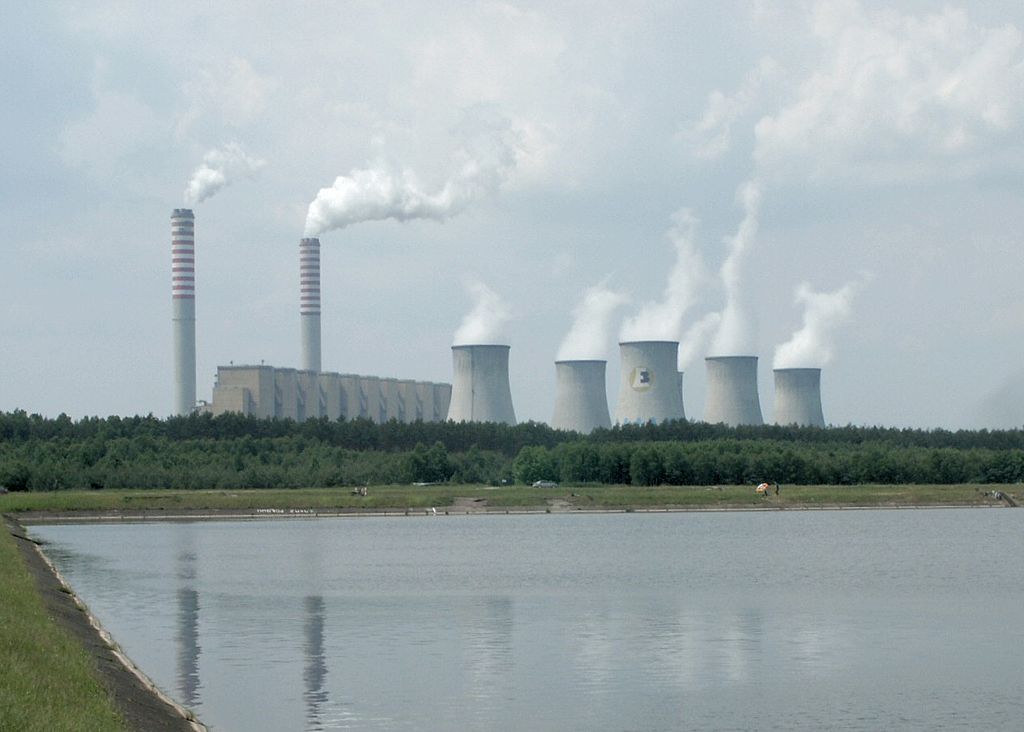Wholesale electricity prices have considerably increased in Poland this year, as a result of the government's current energy policy, which is still primarily based on coal power production, according to a recent analysis published by local renewable energy institute, Instytut Energetyki Odnawialnej (IEO).
The authors of the study said the average wholesale price of electricity on the Day-Ahead Market for the first quarter of this year was PLN 184 (US$49.5)/MWh – up 19% from the same period a year earlier.
They further highlighted how, in the second quarter, futures contracts for August, September and the whole third quarter also saw increasing prices, with some of them even exceeding PLN 330/MWh.
“The Polish Financial Supervision Authority, the Energy Regulatory Office, and the Office of Competition and Consumer Protection have already announced controls at the Polish Power Exchange (Towarowa Giełda Energii – TGE),” wrote the IEO.
The reasons for these price increases, they said, must be attributed in particular, to the higher costs of coal and in general, to the current energy strategy of Poland, which still includes the construction of a new 1 GW coal power plant in Ostroleka, northeastern Poland.
The controversial project is being developed amid very difficult financial conditions, according to lead investor, U.K.-based Legal & General Investment Management (LGIM), which recently told Reuters it has serious concerns about construction, due to unsecured financing for the PLN 6 billion zlotys ($1.61 billion) project. However, the future plant owner, local electricity provider Energa SA told Bloomberg last week that there is no turning back.
In their analysis, the IEO experts said that instead of building the coal plant, Poland should instead install 5 GW of PV between 2019-2024. This would easily compensate for the loss of the power production from the Ostroleka plant, while also providing cheaper power prices, they said.
The authors of the study further claim that in a scenario in which coal and nuclear power do prevail, power prices could rise by 30% in 2030 and even by 60% in 2050 compared to current levels. In a more optimistic scenario, where solar and renewables take the lead, power prices are expected to decrease by between 1.5% and 2% in the long-term, they said.
“The scenario of energy development preferred by the government, called by the IEO the ‘carbon-atomic scenario', is not a solution to the problem of cost increase,” the analysts said.
“A further carbonisation of the energy industry will only raise costs for final consumers, while only decarbonisation realized thanks to renewable energy will be able to reduce them,” added IEO president, Grzegorz Wiśniewski.
Poland can be considered Europe’s most polluting country, with more than 80% of its power demand covered by coal. This year, the government said it intends to reduce this share to 60% in 2030 and around 50% in 2050.
In 2017, renewable energy consultancy Ecofys published a report in which it clearly said that Poland will miss its 2020 renewable energy target.
This content is protected by copyright and may not be reused. If you want to cooperate with us and would like to reuse some of our content, please contact: editors@pv-magazine.com.




1 comment
By submitting this form you agree to pv magazine using your data for the purposes of publishing your comment.
Your personal data will only be disclosed or otherwise transmitted to third parties for the purposes of spam filtering or if this is necessary for technical maintenance of the website. Any other transfer to third parties will not take place unless this is justified on the basis of applicable data protection regulations or if pv magazine is legally obliged to do so.
You may revoke this consent at any time with effect for the future, in which case your personal data will be deleted immediately. Otherwise, your data will be deleted if pv magazine has processed your request or the purpose of data storage is fulfilled.
Further information on data privacy can be found in our Data Protection Policy.